New-school: ZAS create non-conformist design for York University
ZAS Architects’ student-centric design for York University’s new engineering school breaks down the barriers between social and study spaces

How can a school building reinvent the way students are taught? ZAS Architects give us a demonstration with their recently completed design for Toronto’s Bergeron Centre for Engineering Excellence at York University.
With the ambition of becoming the first engineering school in Canada to achieve a 50/50 gender balance, York University enlisted ZAS to design a new student-centric school building that would help to attract a new generation of talented engineers. Following an intensive design process between ZAS Architects, The Lassonde School of Engineering and York University, ZAS arrived at a design that put student productivity at the top of the agenda, with optimised spaces for learning, discovery and interaction.
From the outside, a tessellated glass facade based on a mathematical, triangle-based algorithm reflects slowly drifting cloud-like light and patterns into the interior spaces.
Inside, the typical school structure has been inverted in order to give the students access to the best and brightest spaces around the perimeter of the building, while offices are located in the core. While there are fewer classrooms than you would find in schools of a similar scale, lecture halls have been done away with altogether in exchange for active learning classrooms and abundant social spaces that foster spontaneous faculty and student interaction.
'We weren’t worried about losing the lecture halls,' says Paul Stevens of ZAS, 'instead we were more concerned with designing the best active learning spaces for the school, in keeping with the mandate of the Lassonde School of Engineering. It’s about creating a hands-on experiential, learning condition that allows students to absorb and apply the content. This work is happening in active classrooms, with all the technology and flexible multifunctional furniture.'
Integrated pods for private study are configured with audiovisual learning tools that encourage students to spontaneously plug-in while corridors are peppered with banquettes and white boards for spontaneous brainstorming. An impressive multistorey materials testing lab facilitates hands-on learning, while the Design Commons is a gathering place where students are encouraged to foster entrepreneurial ideas and prototype them.
'Bergeron is one of the first [schools] if not the first, in Canada [to be designed this way]. The concept has been recently adopted in the last three-to-five years by leading US institutions like Stanford, Penn State and Harvard,' says Stevens of the groundbreaking design. 'The response from students has been fantastic. They’re now actively learning in project rooms, collaborative areas or social areas.'
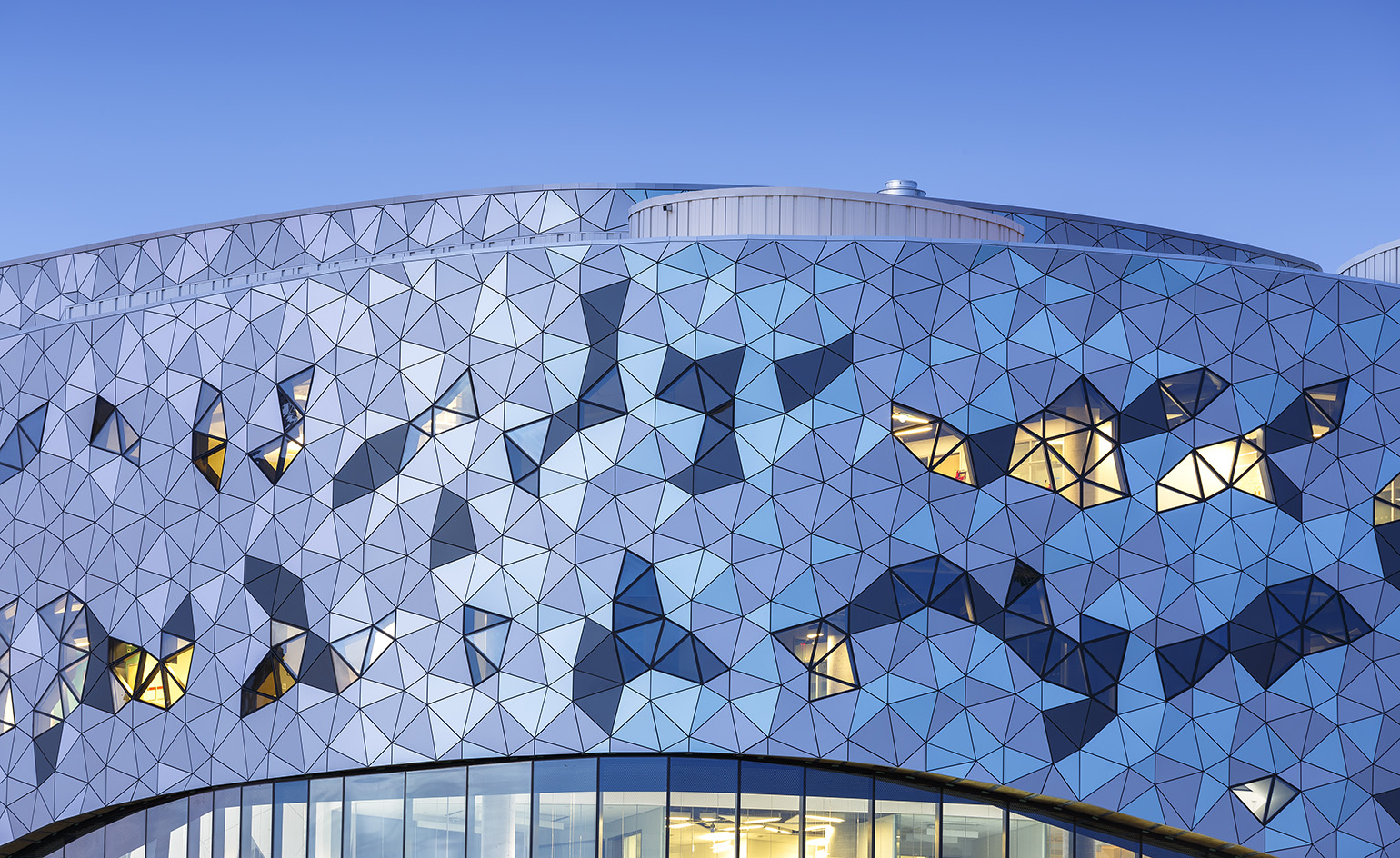
From the outside, a tessealted glass facade based on a mathematical, triangle-based algorithm reflects slowly drifting cloud-like light and patterns into the interior spaces

Inside, active learning classrooms and abundant social spaces foster spontaneous faculty and student interaction
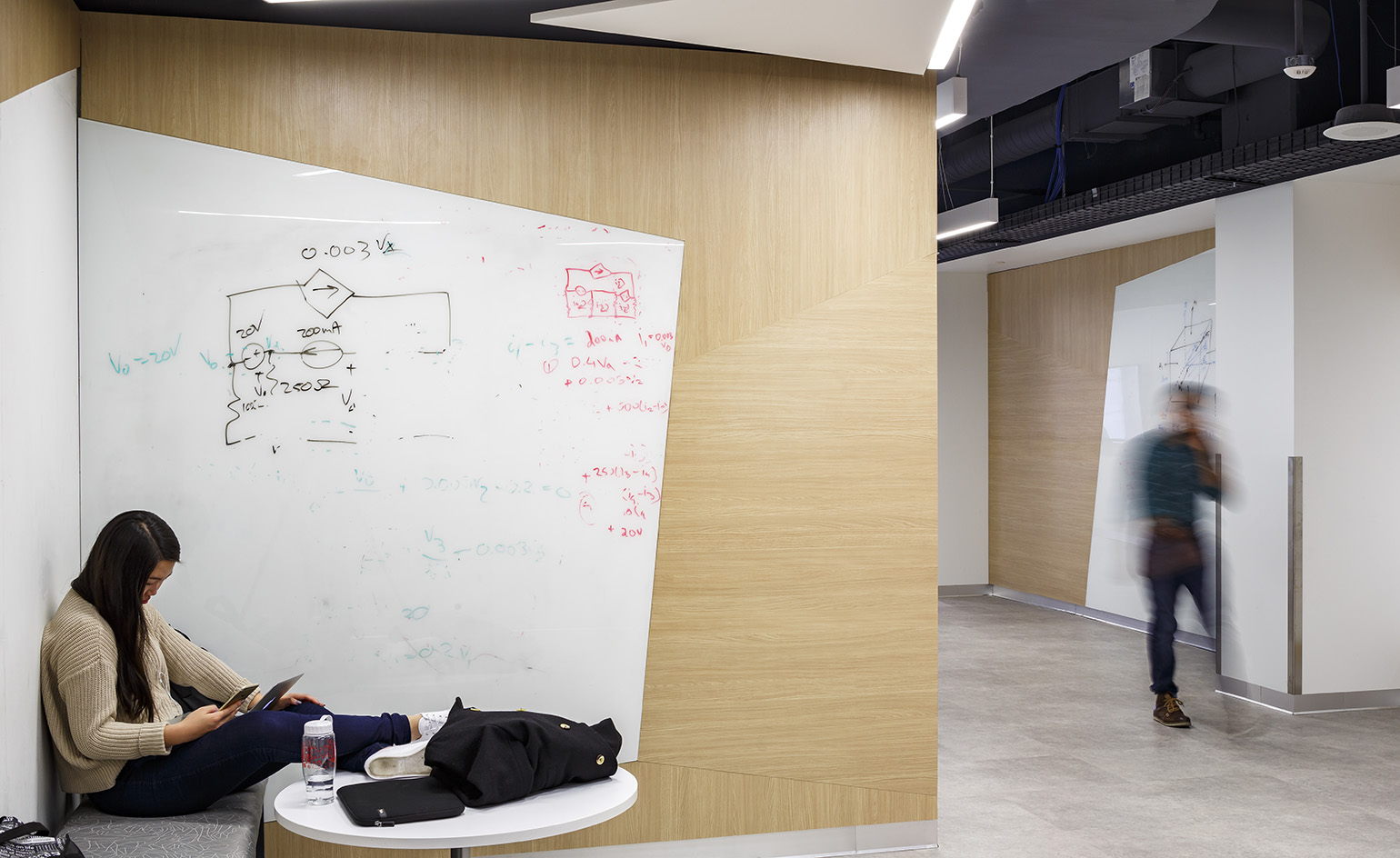
Pods for private study are configured with audiovisual learning tools that encourage students to spontaneously plug-in; while corridors are peppered with banquettes and white boards for spontaneous brainstorming
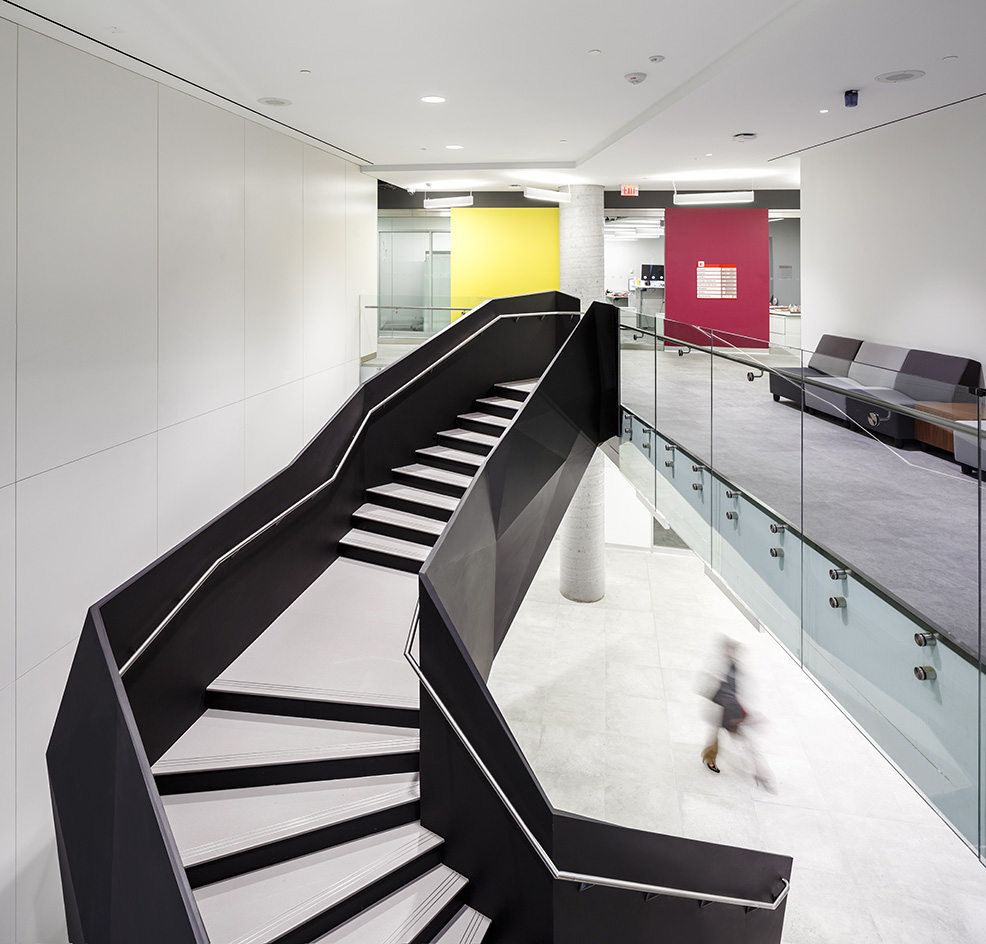
ZAS’ design has given the students access to the best and brightest spaces around the perimeter of the building, while offices are located in its core
INFORMATION
For more information visit ZAS Architects’ website
Receive our daily digest of inspiration, escapism and design stories from around the world direct to your inbox.
Ali Morris is a UK-based editor, writer and creative consultant specialising in design, interiors and architecture. In her 16 years as a design writer, Ali has travelled the world, crafting articles about creative projects, products, places and people for titles such as Dezeen, Wallpaper* and Kinfolk.
-
 ‘I want to bring anxiety to the surface': Shannon Cartier Lucy on her unsettling works
‘I want to bring anxiety to the surface': Shannon Cartier Lucy on her unsettling worksIn an exhibition at Soft Opening, London, Shannon Cartier Lucy revisits childhood memories
-
 What one writer learnt in 2025 through exploring the ‘intimate, familiar’ wardrobes of ten friends
What one writer learnt in 2025 through exploring the ‘intimate, familiar’ wardrobes of ten friendsInspired by artist Sophie Calle, Colleen Kelsey’s ‘Wearing It Out’ sees the writer ask ten friends to tell the stories behind their most precious garments – from a wedding dress ordered on a whim to a pair of Prada Mary Janes
-
 Year in review: 2025’s top ten cars chosen by transport editor Jonathan Bell
Year in review: 2025’s top ten cars chosen by transport editor Jonathan BellWhat were our chosen conveyances in 2025? These ten cars impressed, either through their look and feel, style, sophistication or all-round practicality
-
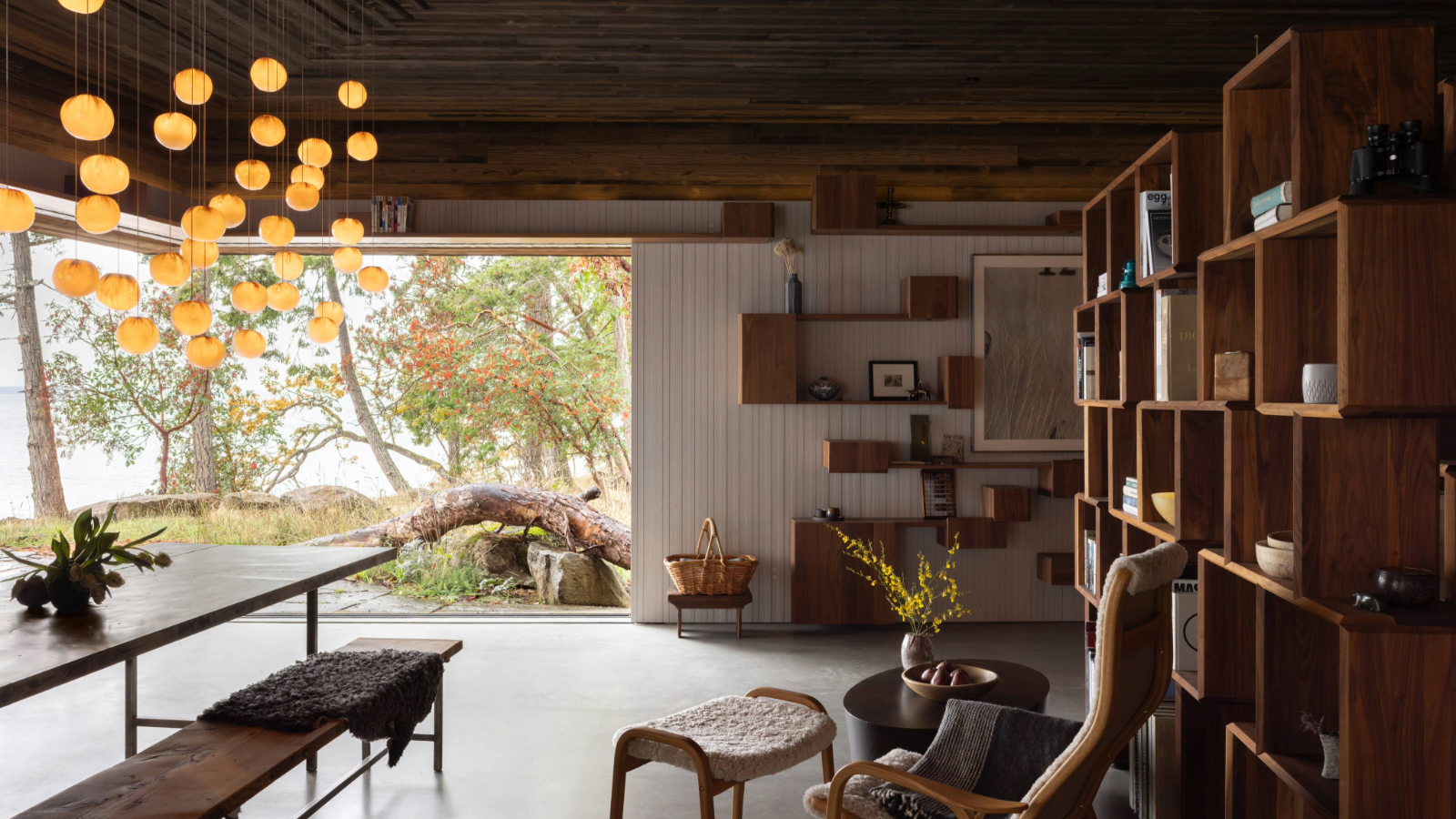 This retreat deep in the woods of Canada takes visitors on a playful journey
This retreat deep in the woods of Canada takes visitors on a playful journey91.0 Bridge House, a new retreat by Omer Arbel, is designed like a path through the forest, suspended between ferns and tree canopy in the Gulf Island archipelago
-
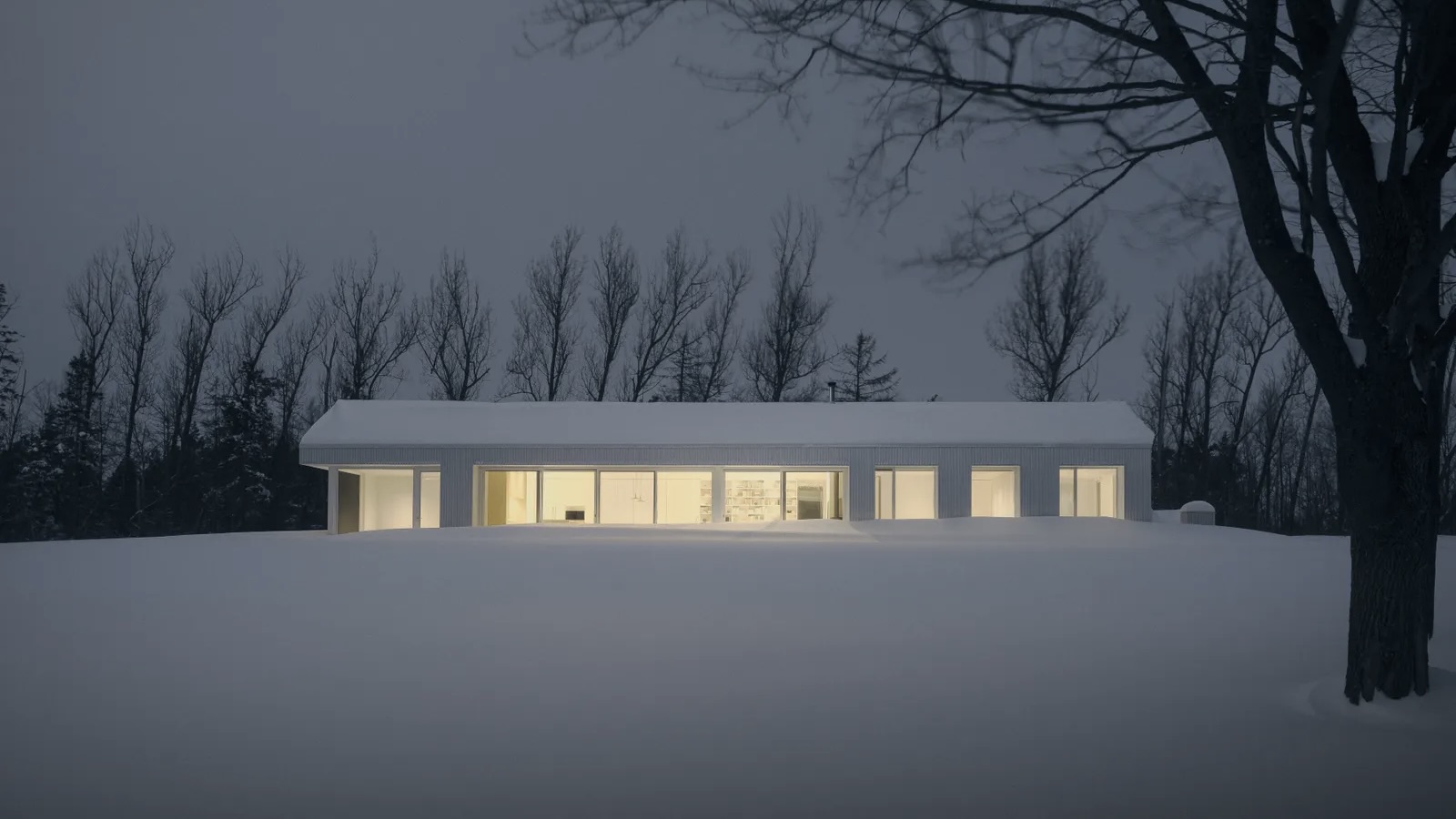 The Architecture Edit: Wallpaper’s houses of the month
The Architecture Edit: Wallpaper’s houses of the monthFrom Malibu beach pads to cosy cabins blanketed in snow, Wallpaper* has featured some incredible homes this month. We profile our favourites below
-
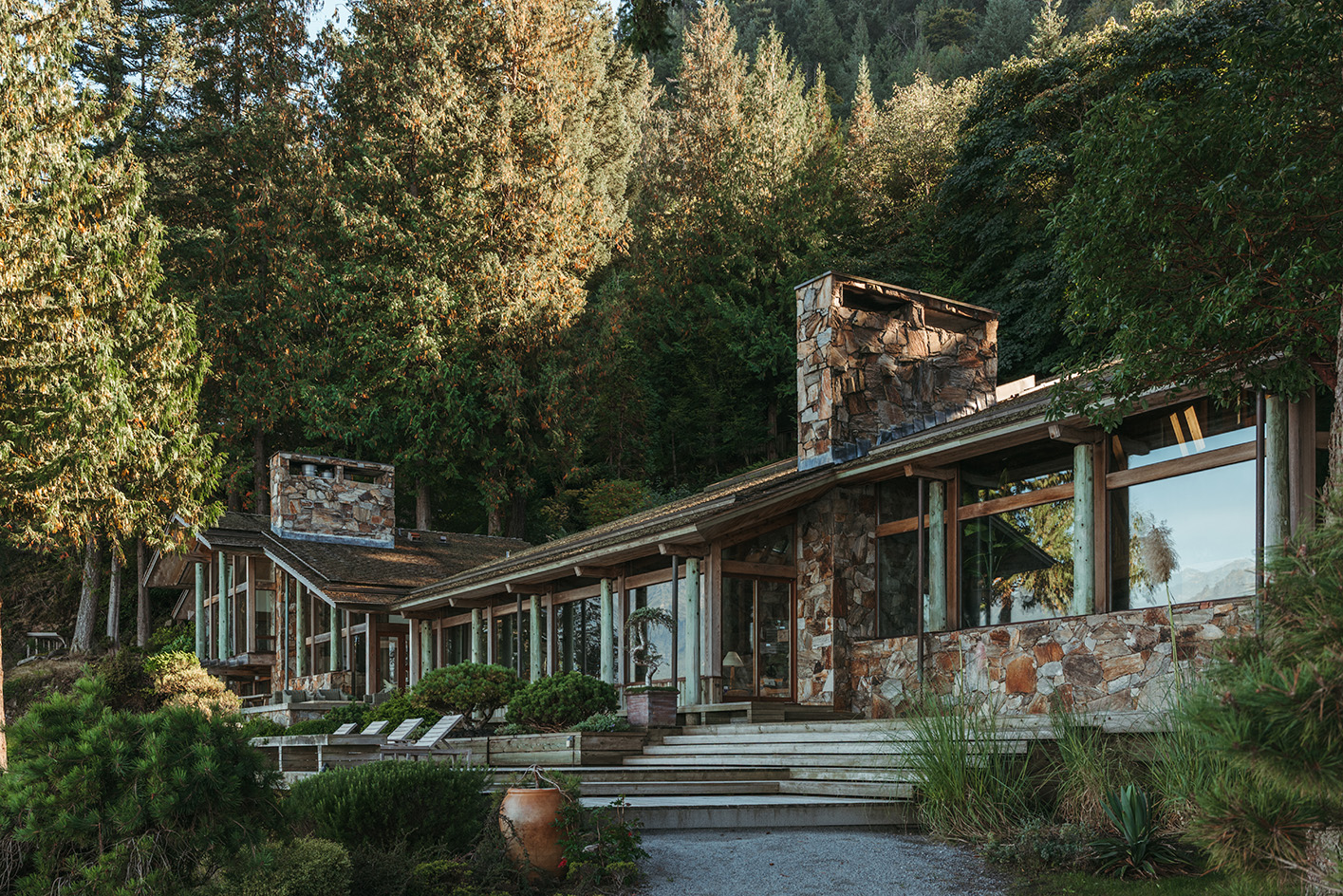 Explore the riches of Morse House, the Canadian modernist gem on the market
Explore the riches of Morse House, the Canadian modernist gem on the marketMorse House, designed by Thompson, Berwick & Pratt Architects in 1982 on Vancouver's Bowen Island, is on the market – might you be the new custodian of its modernist legacy?
-
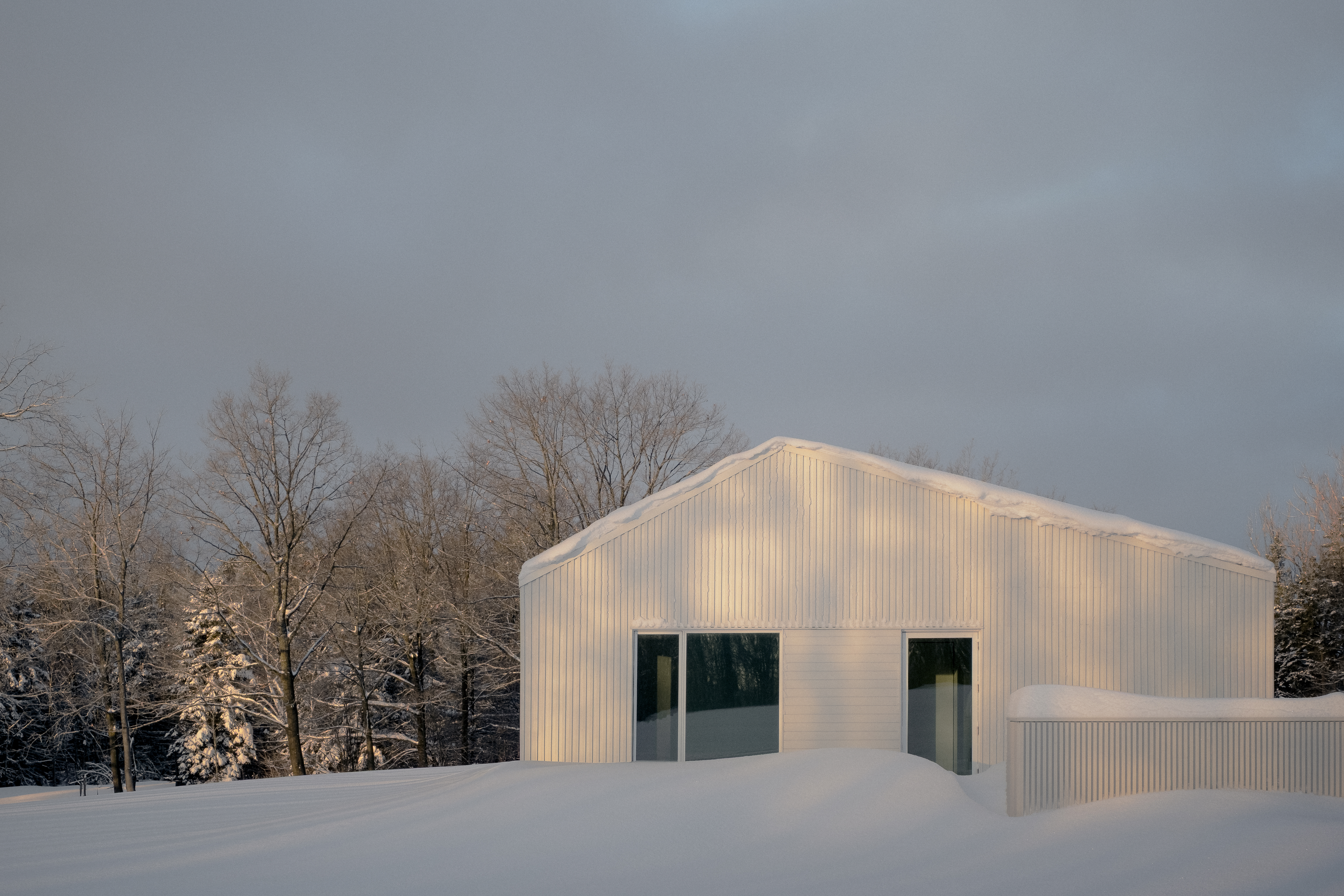 Cosy up in a snowy Canadian cabin inspired by utilitarian farmhouses
Cosy up in a snowy Canadian cabin inspired by utilitarian farmhousesTimbertop is a minimalist shelter overlooking the woodland home of wild deer, porcupines and turkeys
-
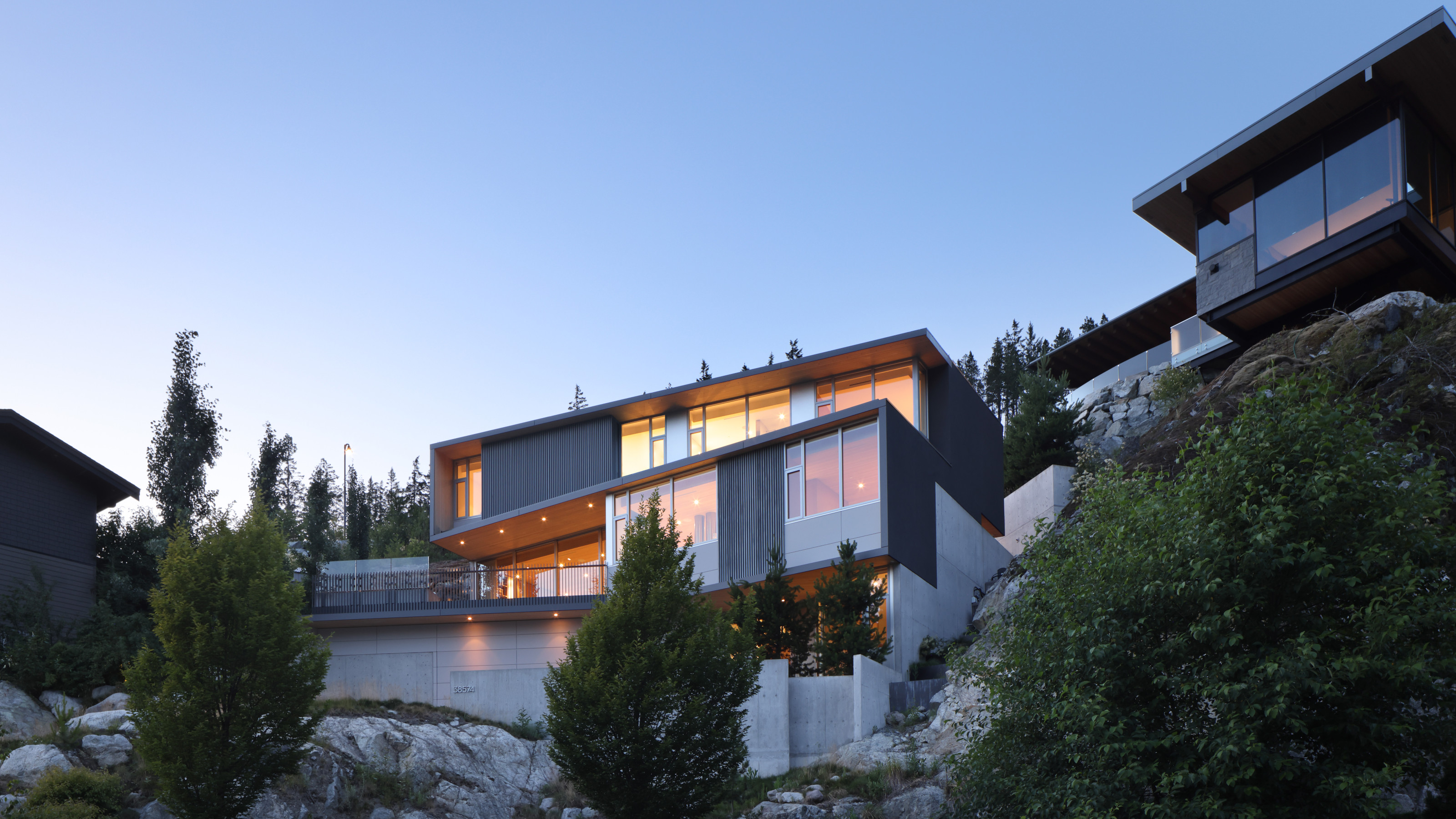 Buy yourself a Sanctuary, a serene house above the British Columbia landscape
Buy yourself a Sanctuary, a serene house above the British Columbia landscapeThe Sanctuary was designed by BattersbyHowat for clients who wanted a contemporary home that was also a retreat into nature. Now it’s on the market via West Coast Modern
-
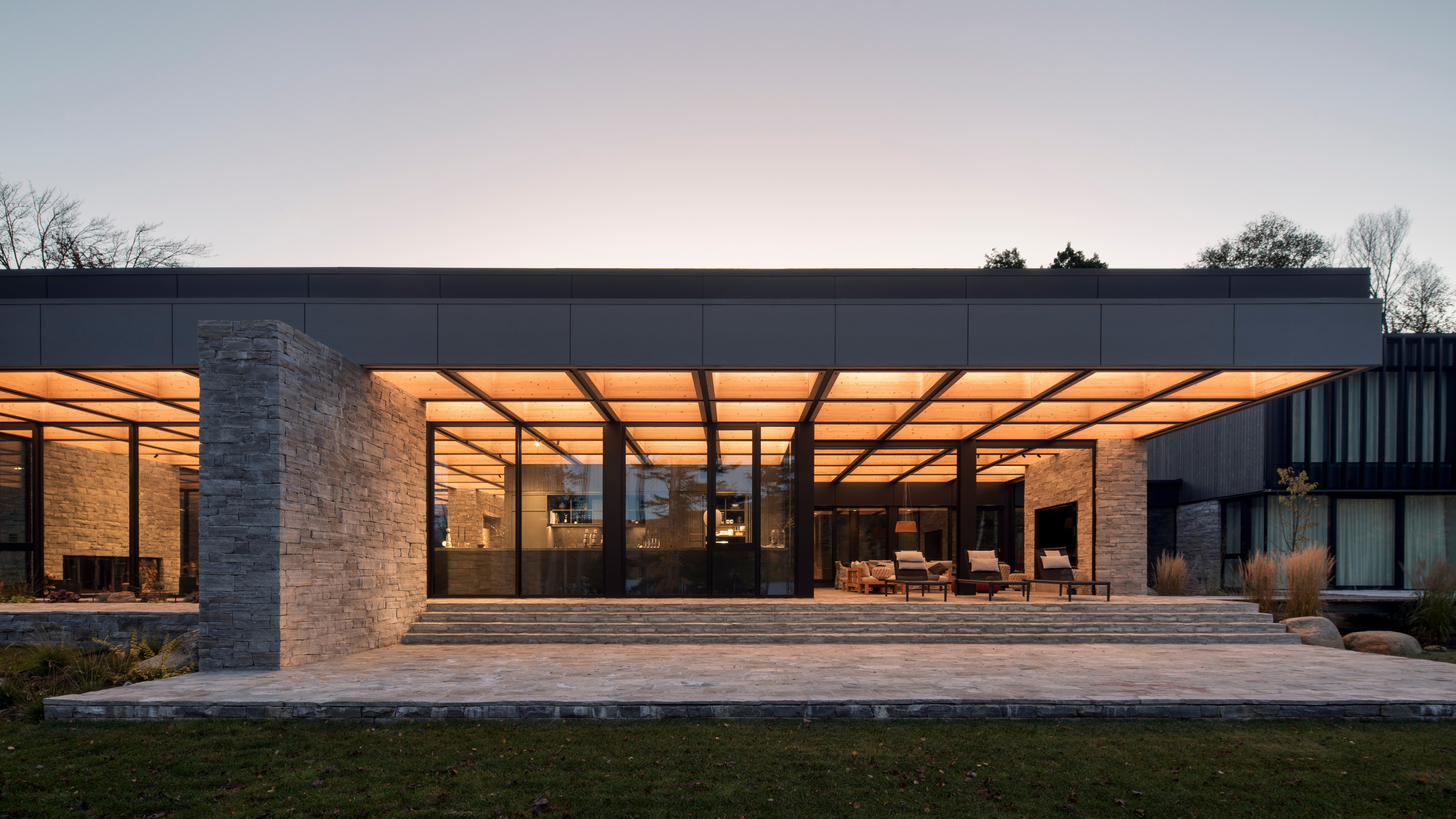 La Maison de la Baie de l’Ours melds modernism into the shores of a Québécois lake
La Maison de la Baie de l’Ours melds modernism into the shores of a Québécois lakeACDF Architecture’s grand family retreat in Quebec offers a series of flowing living spaces and private bedrooms beneath a monumental wooden roof
-
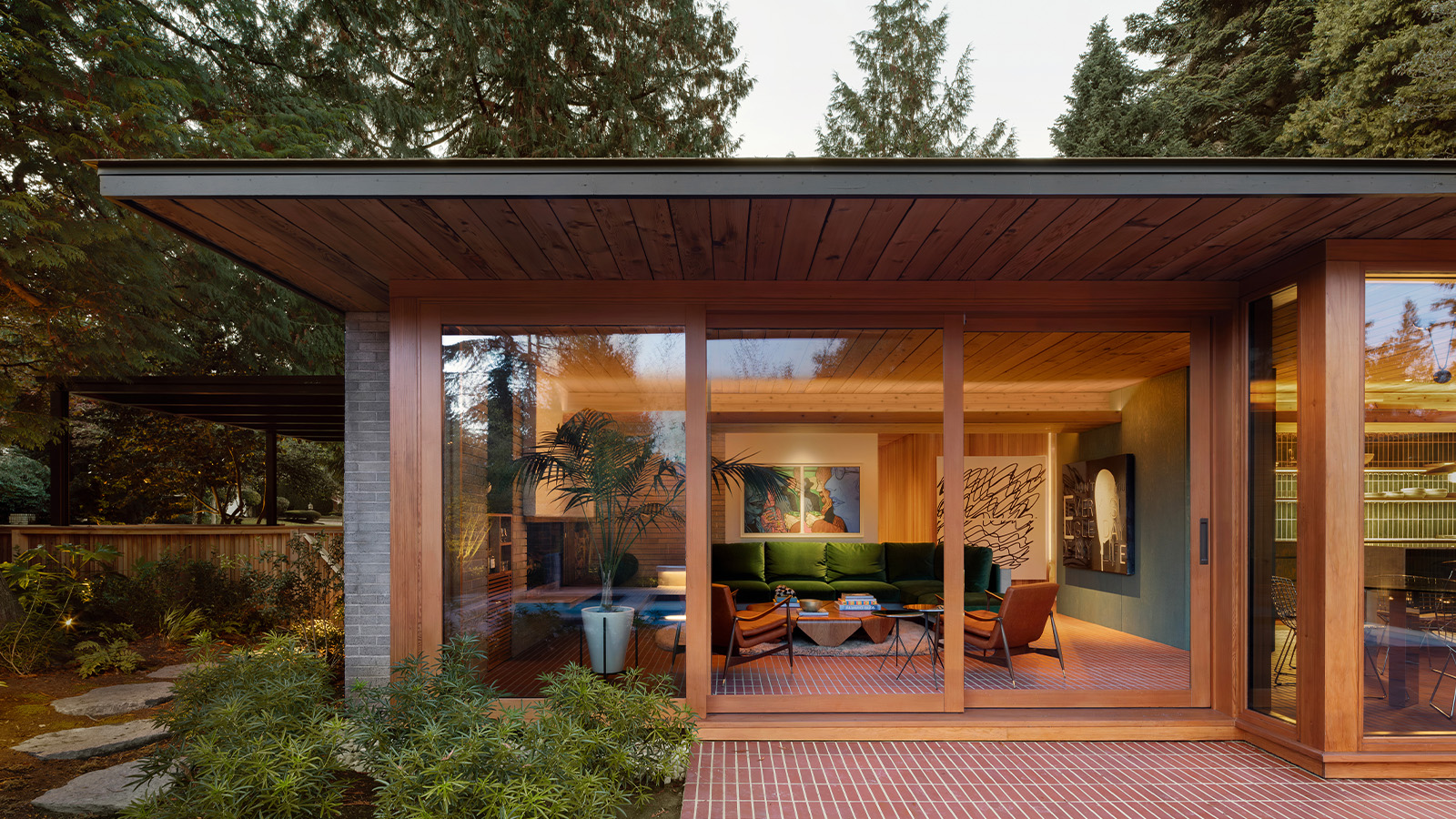 Peel back maple branches to reveal this cosy midcentury Vancouver gem
Peel back maple branches to reveal this cosy midcentury Vancouver gemOsler House, a midcentury Vancouver home, has been refreshed by Scott & Scott Architects, who wanted to pay tribute to the building's 20th-century modernist roots
-
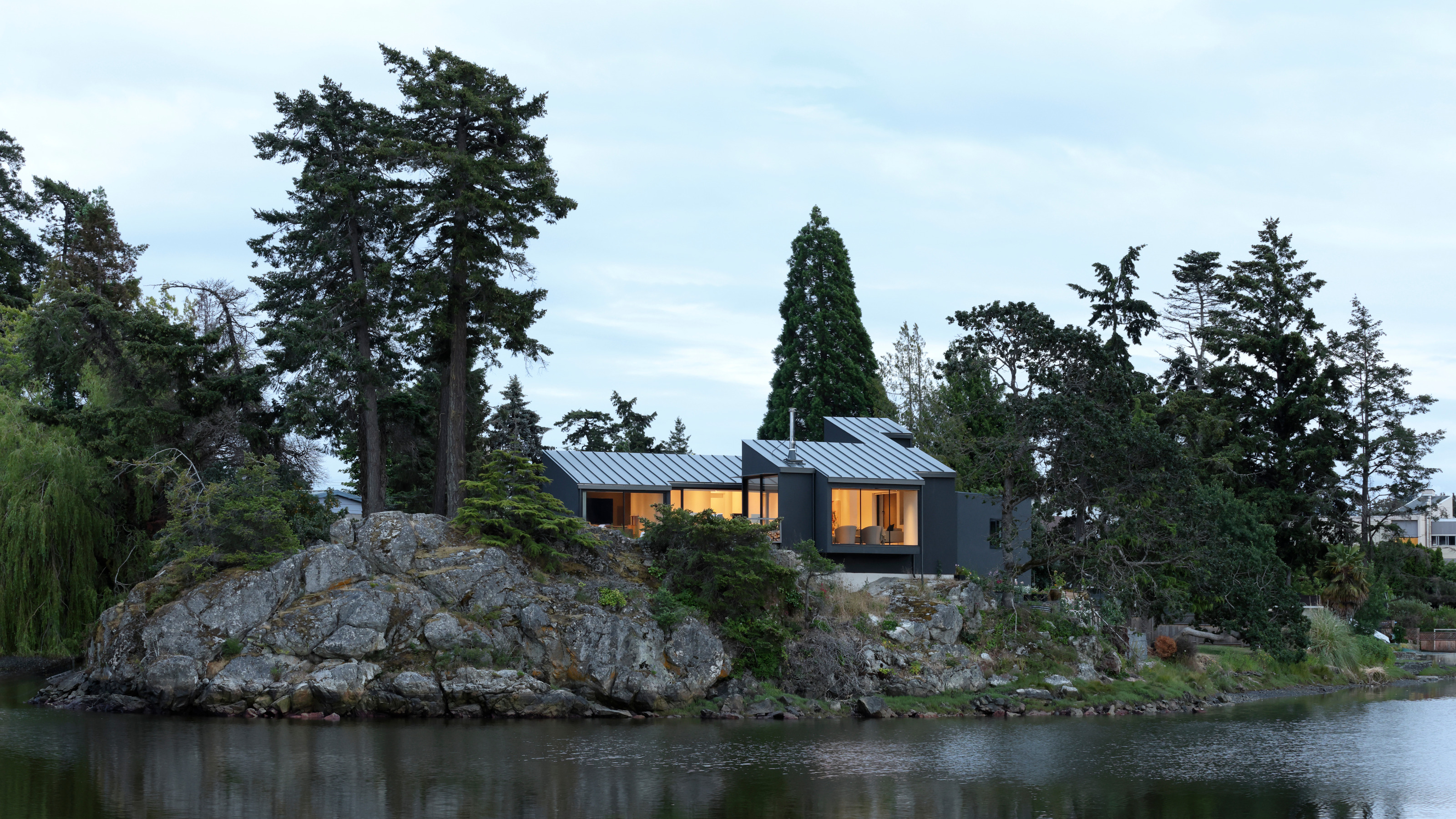 A spectacular waterside house in Canada results from a radical overhaul
A spectacular waterside house in Canada results from a radical overhaulSplyce Design’s Shoreline House occupies an idyllic site in British Columbia. Refurbished and updated, the structure has been transformed into a waterside retreat